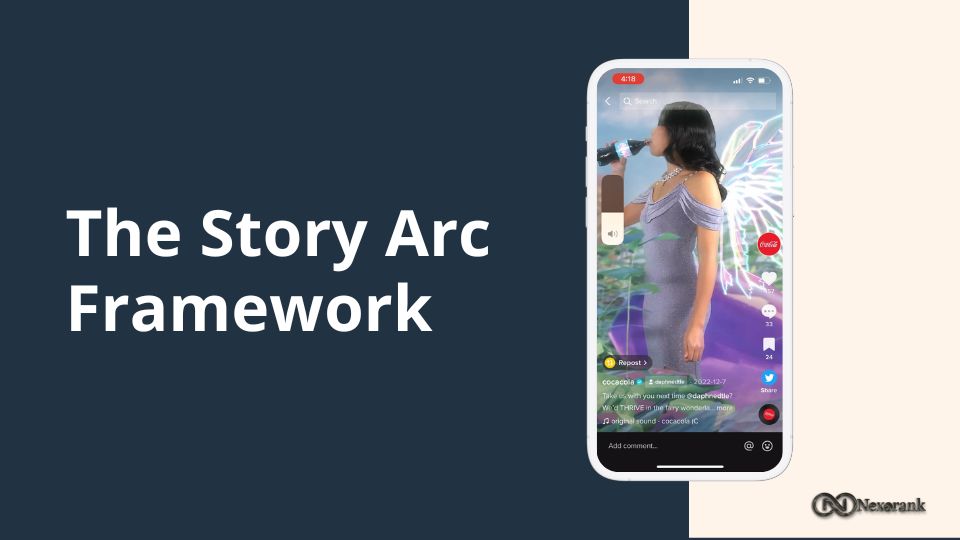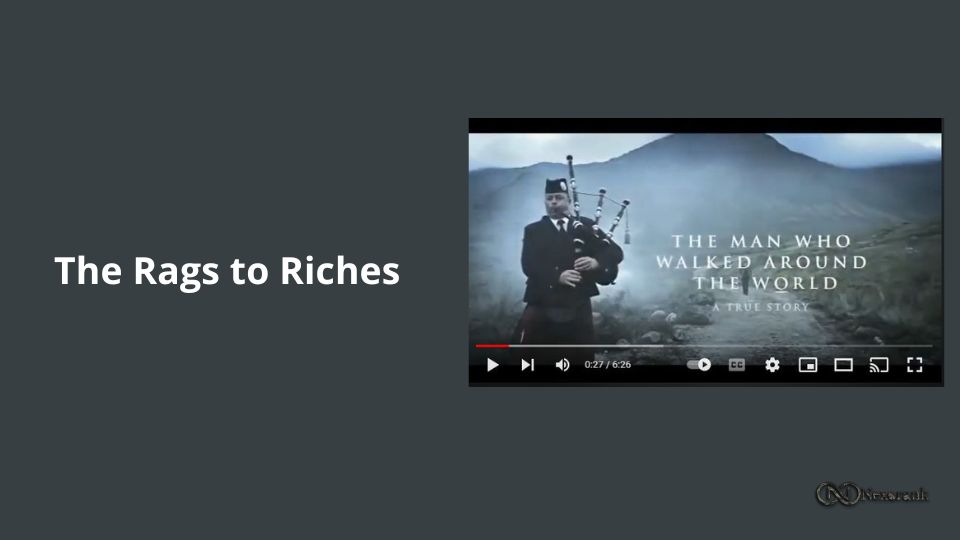One of the most important tasks that social media managers are responsible for is creating engaging and effective content that resonates with their audience. One way to accomplish this is by using storytelling frameworks and story archetypes. These tools can help structure and elevate social media content, making it more compelling and memorable.
There are many different frameworks and approaches that companies can use to create effective social media storytelling campaigns. Here are a few examples:

1. The Hero’s Journey: This framework, popularized by author Joseph Campbell, is a narrative structure that follows the journey of a hero who faces challenges and ultimately triumphs over them. This framework can be used to showcase how a company or product helped a customer overcome a problem or achieve a goal.

2. The Problem-Solution Framework: This framework involves identifying a problem that the audience is facing and showcasing how the company’s product or service can provide a solution. This approach can be used to build credibility and establish the company as an expert in its field.

3. The Brand Story Framework: This framework is focused on creating a narrative that aligns with the company’s brand message and values. It can be used to showcase the company’s history, mission, and vision, and to create an emotional connection with the audience.

4. The Before-During-After Framework: This framework involves showcasing the before and after effects of using the company’s product or service. This approach can be used to build credibility by showcasing the results that customers have achieved.

5. The Customer Journey Framework: This framework involves showcasing the journey of a customer, from the initial awareness of the company’s product or service, through the decision-making process, and ultimately to the post-purchase experience. This framework can help your audience understand the di erent touchpoints and interactions they may have with your company at each stage of the customer journey.

6. The Story Arc Framework: This framework is based on the traditional narrative structure of a story, with a beginning, middle, and end. It can be used to create a story that has a clear plot and a satisfying resolution.
Story archetypes are another useful tool for social media managers. These are universal patterns that are present in stories across cultures and throughout history. Here are a few examples.

1. The Underdog: This archetype is about the journey of an individual or a company that starts at a disadvantage, but through determination and hard work, they’re able to overcome obstacles and achieve success. This archetype can be used to showcase the transformative power of a product or service, and to create an emotional connection with the audience.
Let’s hear more on this from Nicole O’Donnell, assistant professor of Murrow College of Communication at Washington State University:
Nicole O’Donnell: In marketing classes, we often talk about celebrities and influencers, and the way that they influence other people to act. And what I found is that when we’re telling stories for brands, we often think that we need a huge budget to use celebrities and influencers to tell stories. And so, something that I like to talk to my students and clients about is the idea that we can use role models or community members and highlight their stories.
We don’t always have to have a celebrity or an influencer to be a role model. A person needs to act as inspiration. They need to reveal the possible, and they need to actually model positive behavior. One example of this is, I see, a lot of food banks that use role models incredibly, e ectively, and they’ll share a role model story by saying maybe someone lost their job because of the pandemic, and they needed to rely on a food bank. They experienced a conflict. They felt as though that it was a di cult step to go to a food bank, and when they actually did, they found a lot of community support in doing so, and then, when they have a job in the future, they might give back and volunteer their time to that same food bank. Sharing that type of story is incredibly impactful, and it doesn’t take alot of resources to do so.
Here are some more examples of story archetypes that you can use in your marketing.

2. The Mentor: This archetype is about an experienced and knowledgeable individual or company that guides and teaches others. It can be used to establish your company as an expert in its field and to build trust with the audience.

3. The Rags to Riches: This archetype is about an individual or a company that starts with nothing and through hard work and determination, they achieve success and wealth. It can be used to showcase the transformative power of a product or service, and to create an emotional connection with the audience. One example is Johnnie Walker, who created a short film for its whiskey, featuring actor Robert Carlyle, walking the hills of Loch Doyne in Scotland recounts the story of how the Scottish farmer turned his product into the world-famous brand it is today.
4. The Outcast: This archetype is about an individual or company that’s rejected or excluded by society but ultimately finds acceptance and belonging. It can be used to create an emotional connection with the audience and to showcase how a company or product can help people overcome feelings of isolation and loneliness. These are just a few examples of story archetypes that can be used to create effective social media content. By understanding and using these storytelling frameworks and archetypes, companies and social media managers can create more compelling and relatable stories that can help them connect with their audience and achieve their marketing goals. The content they create can effectively communicate their brand’s messaging and increase the emotional impact they have on their audience. By evoking strong emotions such as hope, inspiration, and determination, social media managers can develop campaigns that resonate with their audience and stand out in a crowded online landscape.



















